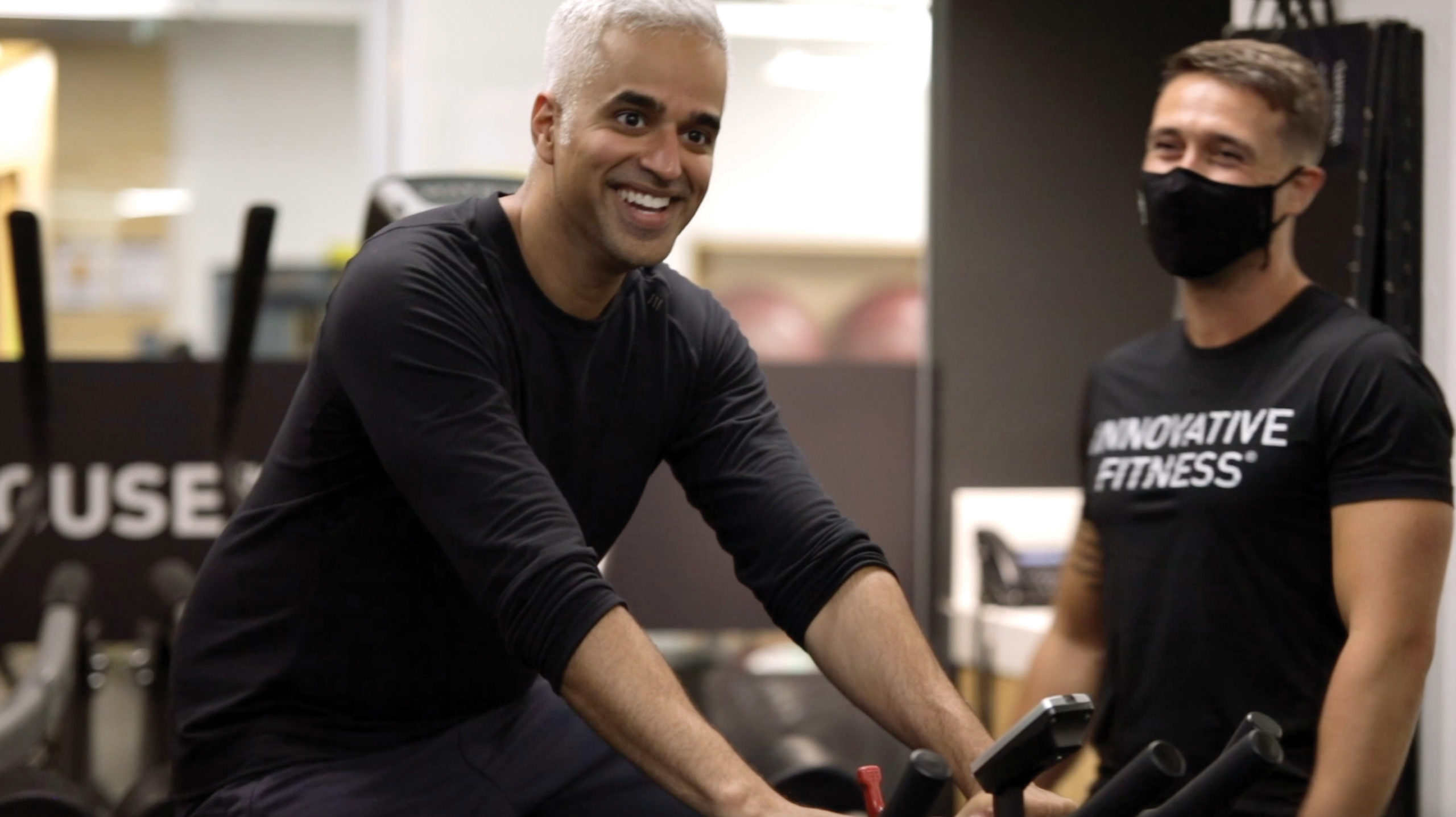You have decided to take up running. You have your new running shoes, a few sets of running clothes, a learn to run program and so much enthusiasm you cannot control the ear to ear grin that is plastered across your face. Your first few runs go off without a hitch. You may even start to wonder why people complain about running, or why it took you so long to get off the couch (or out of the weight room) and hit the roads. That is, until you run smack into a hurdle. Whether you clip your foot on it, or trip and fall flat on your face, running into a hurdle can delay or derail you from getting to the finish line of your running goals.
Before I pass along some tips on how to avoid the hurdles, or how to run over them without disrupting your stride, let me first say that smacking into hurdles is part of running. Whether you are new to the sport, a longtime weekend warrior, or a pro, we all hit hurdles from time to time. It is how you recover that matters most.
So you’ve hit a hurdle. Now what? here are a few tips and tricks of the trade that can help you get back to running and clearing those pesky obstacles.
Hurdle 1: Injury
It does not matter if you are a newbie or an old pro, running injuries happen. Most of the time they are overuse injuries (which can be annoying), and you can often come back from them smarter and stronger.
When injury strikes, you need to first take time off. This is often one of the hardest things to do, especially if you are still in your grinning like a running fool phase. But take it from someone who has learned the hard way (several times over) that takes a day or two to let something settle down is a lot better than missing a month or two of training because it gets out of hand.
If rest does not clear up your little niggle, then it’s time to seek out someone who can give it a quick gander and help you decide on a course of treatment. If you have access to a sports doctor, great! If not, look into your local running clubs and running shoes stores; often times they offer injury clinics or work closely with physiotherapists, massage therapists, chiropractors, or other experts who can offer you relief and help you decipher what happened and how it can be avoided in the future.
Hurdle 2: Burnout
Last week you were willing to get up at the crack of dawn, sneak in a run during lunch, or even put in a few clicks after a full day of work, and now you can barely talk yourself into an easy jog on a beautiful day. What happened? When did running become work?
When those moments of dread set in it is important to stop and take note of a few things.
Firstly, running is supposed to be fun and add something to your life. There is enough going on day-to-day that is hard and difficult.
Secondly, no one said you have to follow your training plan one-hundred percent of the time. Life happens, and sometimes it is worth the mental break to skip a run and grab a burger and a pint with a friends.
And finally, check out local running groups or call up a friend and see if you can motivate each other to keep on training. There are a lot of coffee (or beer) running groups, and running with your debit card in your pocket to the bank and back is a perfect way to trick yourself into running when you really don’t want to.
Keeping things balanced is the best way to avoid running burnout and help keep you moving towards the finish line. It is important to allow yourself to have ups and downs, peaks and valleys, super fit and pleasantly plump phases.
By allowing yourself periods of time where you only put on your running shoes once or twice a week when you really feel so inclined, you will help keep a handle on the love-hate relationship that can come along with a training program.
Hurdle 3: Time Management
Starting any exercise program can be difficult when you are already wearing a million different hats and feel like you struggle to have ten minutes to yourself. That’s the great thing about running-you don’t have to make an extra trip out to do it. You can head out your door and already be doing it.
When first entering into a running program it is easy to feel overwhelmed and defeated when you think about how you are going to fit training into your schedule.
Here’s a plan of attack that can be helpful: set aside 20-30 minutes a few times a week when you are going to get outside and run. Now, if you’re a beginner, you will not be running for that full length of time, but go ahead and block it out. It’s important not to put all three days in a row otherwise each week it is going to feel like you are starting out all over again.
Remember you can be flexible too, so if you plan Monday, Wednesday, and Saturday, but the office Christmas party is Friday and you know waking up Saturday to run is likely going to be a no-go, then get your bum out the door Friday before the party.
The trick is to get used to the frequency of your runs and then worry about adding in length or workouts, and blocking out training times like you would an “appointment” will help make sure you are getting out the door.
Natasha Wodak
Sponsored Athlete
Product Manager
Innovative Fitness – Kitsilano
www.InnovativeFitness.com
Like IF – www.Facebook.com/InnovativeFitness
Follow IF – @IFDifference
Watch IF – www.YouTube.com/InnovativeFitness1






